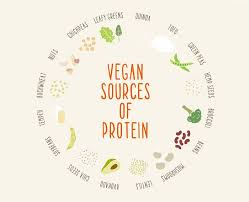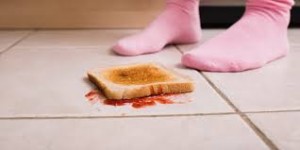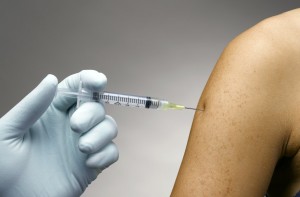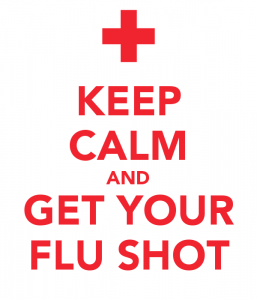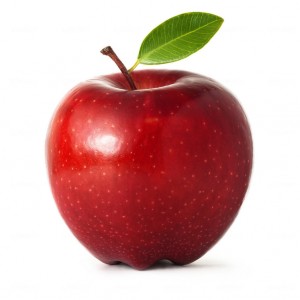Maybe it’s just me, but just because I’ve set an alarm (or 7) for the morning, doesn’t guarantee I’ll be waking up and making it to class. I’m one of those people who has become so accustomed to turning off my alarm while I’m half asleep and not even noticing. It’s gotten to the point where it’s so bad, my roommate has to wake me up for most of my classes to ensure I’ll actually get up and go to them. She probably got so tired of this responsibility that she decided to introduce me to this app, but nevertheless, it has become a lifesaver.
I love talking about times where technology is useful, and this is definitely one of them. The app is called “Sleep Cycle” and this is how it works: say you want to wake up at 9am. You would set your sleep cycle app to wake you up any time within that thirty minute window, so your alarm will go off at some point between 8:30 and 9. The reason for this is because your phone will sense when you are in your lightest sleep within those 30 minutes, and sound the alarm when this is detected. The app has a built in accelerometer, which tracks your movements while you are sleeping, and is therefore able to determine which phase of sleep you are in – awake, sleep, and deep sleep. It is important that the phone be positioned facedown either on a bedside table, or on a spot of your mattress where it will stay still and untouched. Another cool feature about the app is that you are able to see your sleep cycle/phases mapped out on a graph the next morning, so you are able to tell what time you fell asleep, how many times you were awake during the night, and exactly how long you were deep sleeping for.
I always feel refreshed and ready to wake up when I hear my alarm and never feel the need to go back to bed. I wanted to learn a little more about how sleep cycles work, and why it was so important to wake up while you were in a light sleep. This article stresses the importance of having a full, and uninterrupted night of sleep, so that all stages of sleep can be reached and completed. When we are restless and waking up, we have less of a chance of getting to a deep sleep. Deep sleep, or stage four sleep, is when our energy is restored, tissue is grown and repaired, growth hormones are released, etc. Disrupting this cycle of sleep can leave us feeling drowsy, startled, sick, and in my case, late for class!



